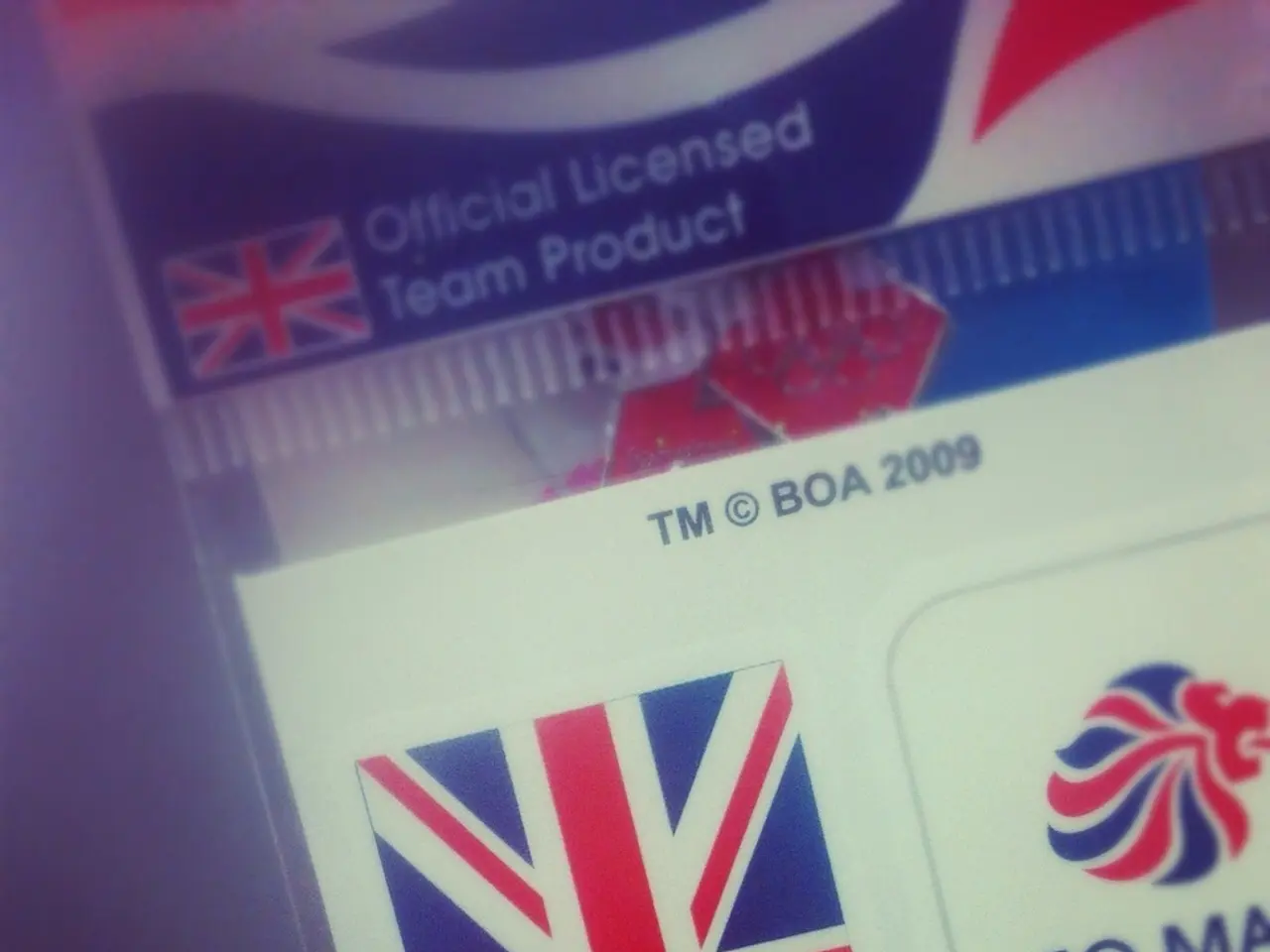Understanding Zero Trust: A Simplified Explanation
Zero trust, a modern security model, is gaining traction among organizations as they navigate the ever-evolving threat landscape. This approach, which assumes all users and devices, whether inside or outside of an organization's network, are untrusted, offers a comprehensive solution to bolster security and compliance.
The Advantages of Zero Trust
Zero trust provides several benefits that make it a worthwhile investment for many organizations. One of the key advantages is the comprehensive visibility and monitoring it offers. By continuously monitoring user activities, network traffic, and system behavior, zero trust enables prompt detection of threats, ensuring a more secure environment.
Another advantage is the strict access control with least privilege. Zero trust enforces continuous verification and limits access to only authorized users and devices, reducing the risk of unauthorized access and data breaches. This approach is particularly well-suited to modern, distributed environments, supporting secure remote work, cloud services, BYOD policies, and hybrid offices.
Zero trust also helps reduce the attack surface. Techniques like micro-segmentation isolate threats and prevent lateral movement within a network, lowering the likelihood and impact of breaches. Moreover, zero trust simplifies regulatory compliance by enforcing strict access controls, continuous monitoring, audit trails, and data encryption, helping organizations meet requirements of PCI DSS, HIPAA, GDPR, SOX, and others.
Despite the initial investment and potential user impact, zero trust can lead to cost savings over time. By preventing breaches, minimizing penalties, and lowering insurance premiums, zero trust proves to be a cost-effective solution in the long run. Furthermore, its ability to adapt dynamically to new threats and business changes without complete system overhauls ensures it remains a future-proof security solution.
The Challenges of Zero Trust
While zero trust offers numerous benefits, it also presents certain challenges. The initial complexity and user experience impact are significant considerations. Implementing continuous verification can slow user access and operational efficiency initially, requiring infrastructure tuning.
Scalability issues are another challenge, especially when scaling zero-trust frameworks across large enterprises with varied infrastructure. Integration with legacy systems can also pose a challenge, particularly for organizations with traditional on-premises setups.
Protecting Against Insider Threats, Malware, and Compliance
Zero trust offers robust protection against insider threats, malware, and ensures compliance with regulations like PCI DSS and HIPAA. By assuming no implicit trust, even for insiders, zero trust limits insiders’ ability to misuse legitimate access. It also detects abnormal behaviors quickly and contains malware, preventing lateral spread.
Zero trust supports PCI DSS by implementing granular network segmentation and strict access controls for payment systems, and supports HIPAA by maintaining comprehensive, auditable access logs and continuous monitoring of protected health information (PHI).
In conclusion, zero trust enhances an organization's security posture by rejecting trust assumptions, continuously validating access, minimizing attack surfaces, and addressing regulatory needs. However, careful planning, integration, and adjustment to user workflows during rollout are essential to ensure a successful implementation.
According to recent reports, 79% of organizations that have implemented zero trust have seen an improvement in their overall security posture, making it a promising strategy for organizations seeking to bolster their cybersecurity defenses.
The comprehensive visibility and monitoring offered by zero trust enables prompt threat detection, contributing to a more secure environment. Zero trust's strict access control with least privilege helps reduce the risk of unauthorized access and data breaches, making it suitable for modern, distributed environments. With techniques like micro-segmentation, zero trust helps reduce the attack surface and simplifies compliance with various regulations.
Although zero trust presents challenges such as initial complexity and user experience impact, as well as scalability issues for large enterprises and integration with legacy systems, it provides robust protection against insider threats, malware, and ensures compliance with regulations like PCI DSS and HIPAA.
Despite initial investments, zero trust can lead to cost savings over time by preventing breaches, minimizing penalties, and lowering insurance premiums. Notably, 79% of organizations that have implemented zero trust have seen an improvement in their overall security posture, attesting to its effectiveness in bolstering cybersecurity defenses.




